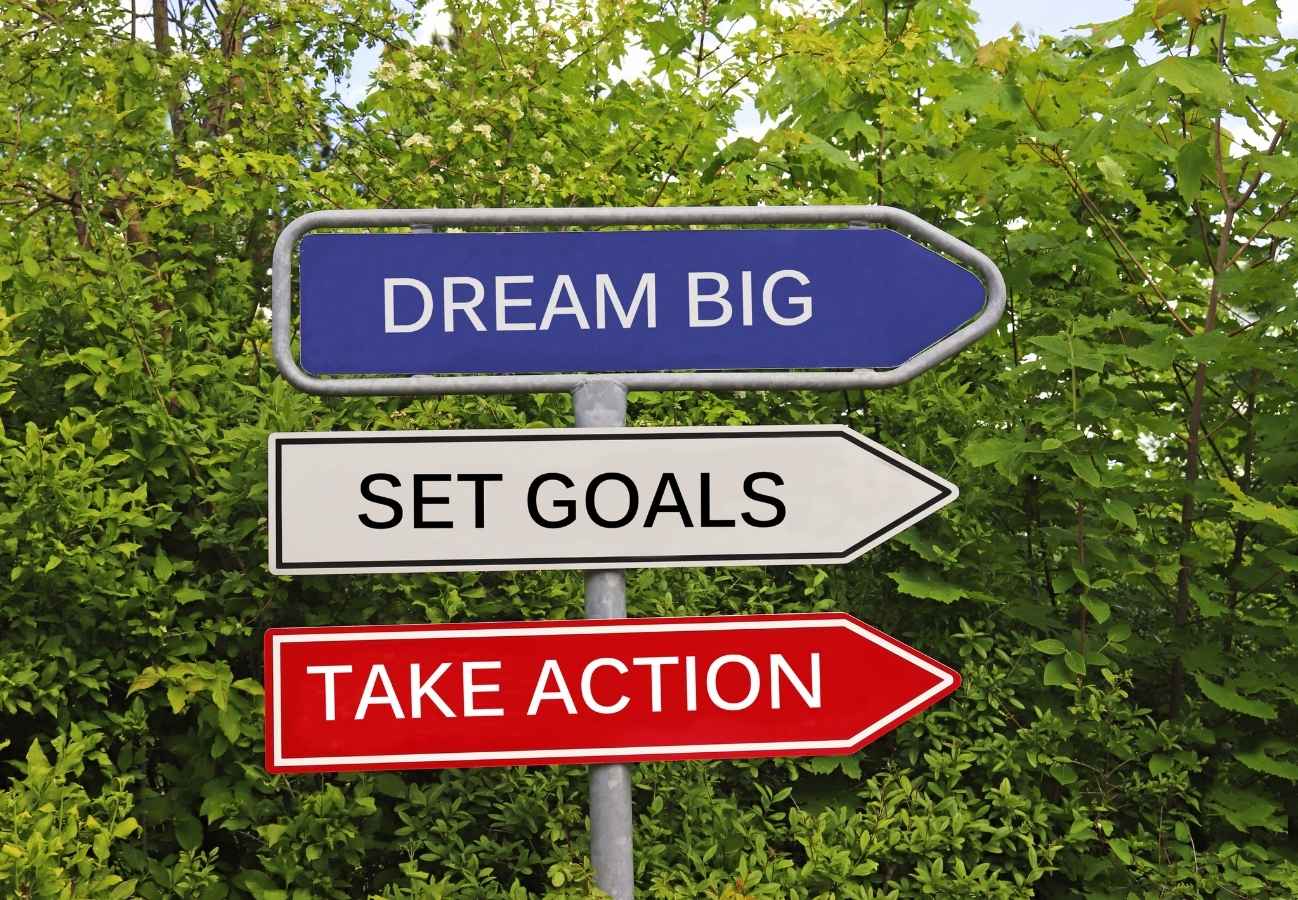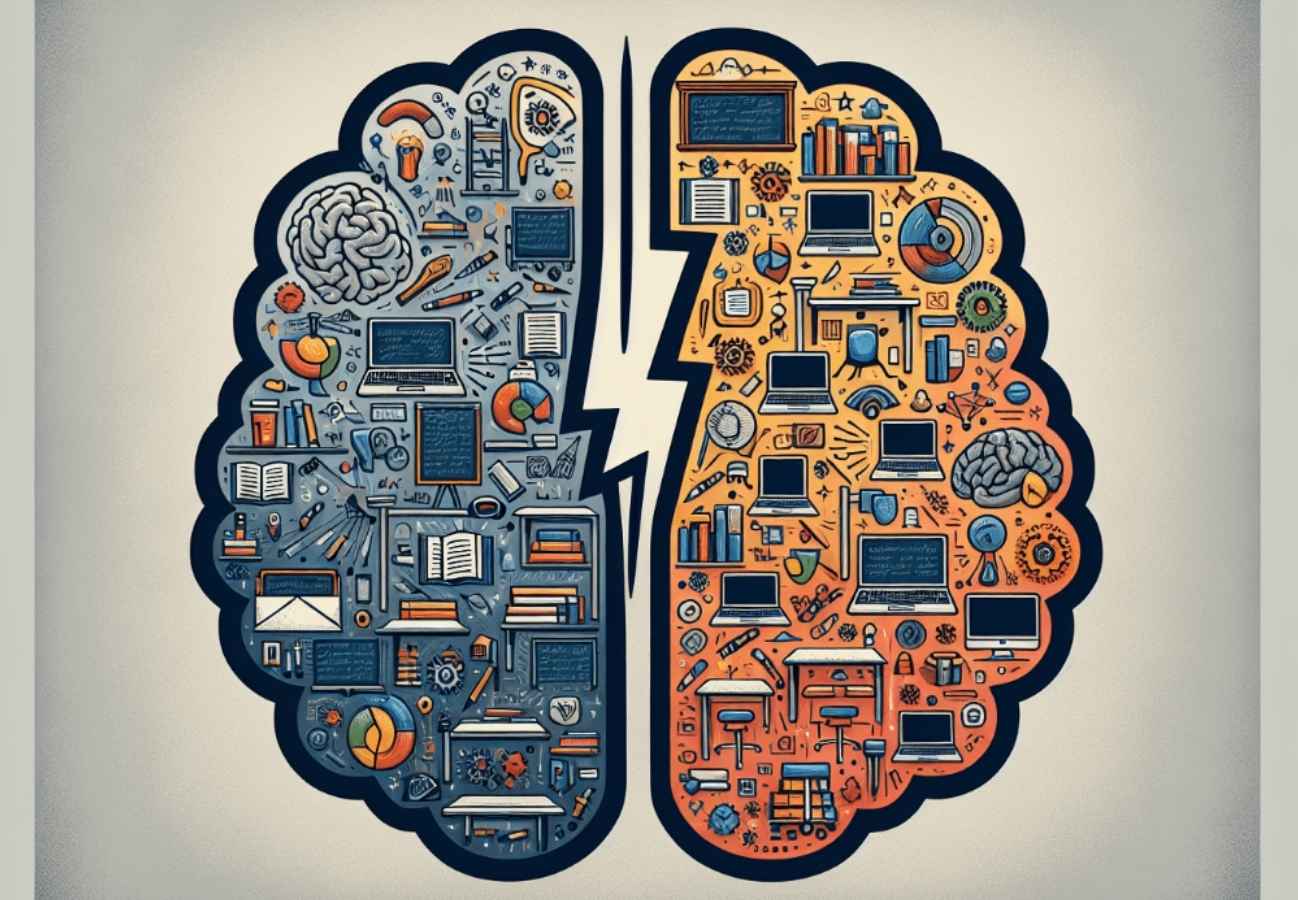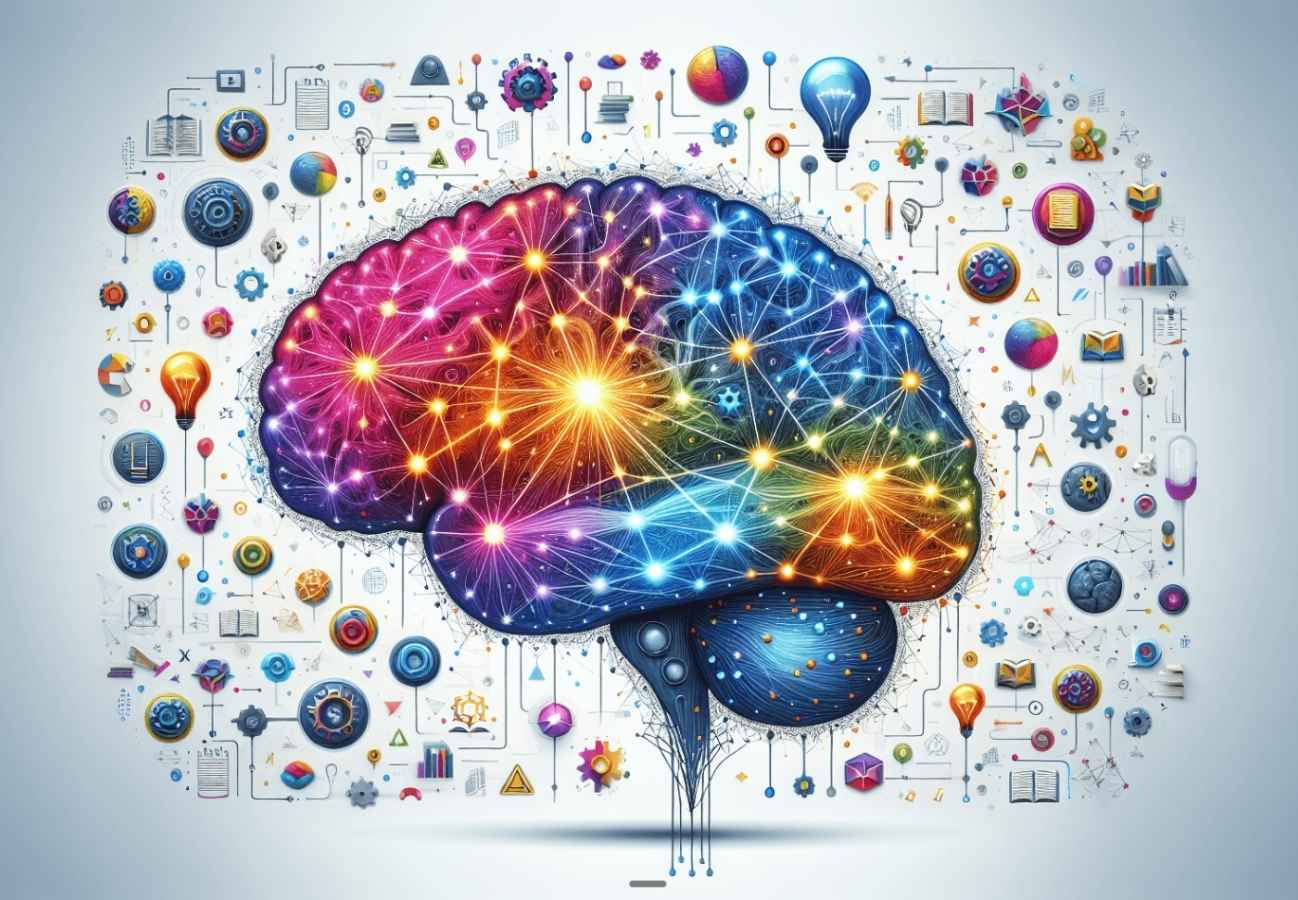What is Top Down vs Bottom Up Processing?
Top down vs bottom up processing represents two fundamental ways our brains interpret information and learn new concepts. Top down processing starts with our existing knowledge, expectations, and context to understand new information. Bottom up processing begins with raw sensory data and builds understanding piece by piece. Both cognitive approaches play crucial roles in how students learn, making this distinction essential for effective teaching strategies.
These processing methods work simultaneously in our minds, but understanding when each dominates helps educators design more effective lessons. Students who struggle with reading comprehension might benefit from top down approaches that activate prior knowledge. Meanwhile, students learning foundational skills often need bottom up methods that build understanding systematically.
Top Down Processing vs Bottom Up Processing: Key Differences
The core difference between top down processing vs bottom up processing lies in where the cognitive journey begins. Top down processing starts with the big picture and works toward details. Bottom up processing starts with individual elements and constructs meaning gradually.
In top down processing, students use their background knowledge, cultural context, and previous experiences to interpret new information. A student reading about photosynthesis draws on their understanding of plants, sunlight, and growth patterns. Their brain fills in gaps and makes predictions based on existing knowledge frameworks.
Bottom up processing requires students to analyze individual components before understanding the whole concept. When learning to read, children must first recognize individual letters, then combine them into sounds, then blend sounds into words. Each step builds the foundation for the next level of understanding.
Cognitive Load Considerations
Top down processing typically requires less cognitive effort because students leverage existing knowledge structures. Bottom up processing demands more mental energy as students must actively construct new understanding from basic elements. This difference significantly impacts lesson planning and student engagement strategies.
Speed and Accuracy Trade-offs
Top down approaches often process information faster but may introduce errors based on incorrect assumptions. Bottom up processing moves more slowly but tends to produce more accurate understanding of complex concepts. Effective teaching balances both approaches strategically.
Examples of Top Down and Bottom Up Processing in Education
Real classroom examples illuminate how these processing styles shape student learning experiences. Understanding these examples helps teachers recognize which approach serves specific learning objectives most effectively.
Top Down Processing Examples
Reading comprehension strategies exemplify top down processing in action. When students preview a text, examine headings, and make predictions, they activate prior knowledge before encountering specific details. This preparation helps them understand complex passages more effectively.
Math word problems also benefit from top down approaches. Students who identify the problem type first can apply appropriate solution strategies. A student recognizing a "rate and time" problem immediately knows to look for distance, speed, and time relationships.
Science inquiry often begins with top down processing. Students observe a phenomenon, form hypotheses based on existing knowledge, then design experiments to test their predictions. Their background understanding guides the investigation process.
Bottom Up Processing Examples
Phonics instruction represents classic bottom up processing. Students learn individual letter sounds, blend them into syllables, combine syllables into words, and eventually construct meaning from sentences. Each level builds systematically on previous learning.
Mathematical computation skills develop through bottom up processing. Students master basic number recognition, learn addition facts, understand place value concepts, then tackle multi-digit operations. Solid foundational skills enable more complex problem-solving later.
Laboratory science investigations often require bottom up processing. Students collect data, identify patterns, draw conclusions, and connect findings to broader scientific principles. Raw observations gradually build toward theoretical understanding.
When to Use Top Down vs Bottom Up Approaches
Strategic application of processing approaches maximizes student learning outcomes. The choice depends on student readiness, content complexity, and specific learning objectives.
Optimal Conditions for Top Down Processing
Top down processing works best when students possess relevant background knowledge. Advanced readers benefit from preview strategies, graphic organizers, and concept mapping activities. These tools help students connect new information to existing knowledge frameworks.
Complex problem-solving situations often require top down approaches. Students analyzing historical events, interpreting literature, or designing engineering solutions need broad contextual understanding before examining specific details.
Time-constrained learning situations favor top down processing. When covering extensive content quickly, teachers can provide conceptual frameworks that help students organize and retain information more efficiently.
Optimal Conditions for Bottom Up Processing
Bottom up processing serves beginning learners who lack foundational knowledge. Young children learning to read, students encountering new subject areas, and learners developing basic skills need systematic, sequential instruction.
Skill-based learning objectives require bottom up approaches. Teaching handwriting, musical instruments, or laboratory techniques demands careful attention to individual components before attempting complex performances.
Students with learning differences often benefit from bottom up processing. Breaking complex tasks into smaller, manageable steps reduces cognitive overload and builds confidence through incremental success.
Combining Top Down and Bottom Up Processing Strategies
The most effective teaching integrates both processing approaches strategically. This combination acknowledges that learning rarely follows purely linear or purely holistic patterns.
The Interactive Processing Model
Research supports interactive processing models where top down and bottom up approaches work simultaneously. Skilled readers use letter recognition (bottom up) while applying context clues (top down) to understand challenging texts. This integration creates more robust comprehension than either approach alone.
Effective math instruction demonstrates this integration beautifully. Teachers present real-world problems (top down context) while ensuring students possess necessary computational skills (bottom up foundations). Students understand both why they're solving problems and how to execute solutions accurately.
Scaffolded Learning Progressions
Thoughtful lesson sequences move fluidly between processing approaches. A science unit might begin with engaging phenomena (top down motivation), progress through systematic skill building (bottom up development), and conclude with student-designed investigations (integrated application).
Writing instruction benefits from this flexible approach. Teachers might start with authentic purposes for writing (top down context), teach specific grammar and mechanics skills (bottom up components), then support students in creating meaningful compositions (integrated practice).
Visit our guide on scaffolding to learn more: Scaffolding in Teaching
Implications of Top Down vs Bottom Up for Classroom Practice
Understanding processing differences transforms how teachers design lessons, assess student progress, and support diverse learners. These insights lead to more responsive and effective instruction.
Learn how to incorporate various teaching strategies into your practice: Teaching Strategies
Differentiation Strategies
Students naturally prefer different processing approaches based on their learning styles, cultural backgrounds, and prior experiences. Some students thrive with big-picture overviews before diving into details. Others need systematic skill building before tackling complex applications.
Effective differentiation provides multiple pathways to the same learning objectives. Teachers might offer both deductive lessons (top down) and inductive discoveries (bottom up) for the same content. This flexibility ensures all students can access and engage with important concepts.
Assessment Considerations
Assessment methods should align with processing approaches used during instruction. Students taught through bottom up methods need opportunities to demonstrate step-by-step understanding. Those using top down approaches should show their ability to apply broad concepts to new situations.
Formative assessment helps teachers identify which processing approach serves individual students best. Quick checks for understanding reveal whether students need more foundational support or broader conceptual connections.
Learn more about assessments: Formative vs Summative Assessments
Research Foundations and Educational Theory
Decades of cognitive science research support the importance of both processing approaches in learning. This research base provides confidence for implementing these strategies in classroom practice.
Schema theory explains how top down processing works by connecting new information to existing knowledge structures. Students learn more effectively when they can relate new concepts to familiar experiences and previously learned material.
Information processing theory describes how bottom up approaches help students build cognitive frameworks systematically. This research emphasizes the importance of solid foundational skills for more advanced learning.
Constructivist learning theory suggests that meaningful learning requires both approaches. Students construct understanding by connecting new information (bottom up input) with existing knowledge (top down frameworks). The most powerful learning experiences integrate both processes seamlessly.
Review our hub page for all Educational and Learning Theories
Practical Implementation Guide
Successful implementation requires thoughtful planning and gradual adjustment based on student responses. Teachers can begin by identifying which approach currently dominates their instruction, then gradually incorporating the complementary strategy.
Start by analyzing your current lessons through a processing lens. Do you typically begin with big concepts or foundational skills? Do students seem engaged and successful with your current approach? Where might the alternative approach strengthen student learning?
Experiment with small changes first. Add preview activities to bottom up lessons. Include skill-building components in top down instruction. Observe how students respond to these modifications and adjust accordingly.
Remember that effective implementation takes time and practice. Both you and your students need opportunities to develop comfort with different processing approaches. Be patient with the learning process while maintaining focus on improved student outcomes.









